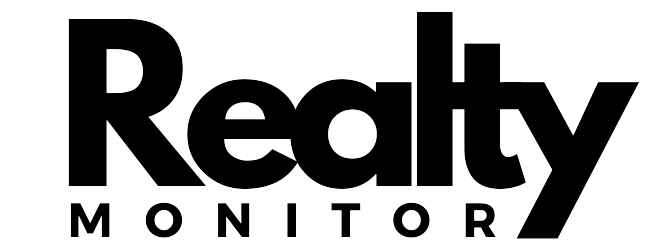The Securities and Exchange Board of India (SEBI) has taken a proactive step to enhance the regulatory framework governing Alternative Investment Funds (AIFs) in India. The regulator has introduced a set of stringent guidelines specifically designed to regulate borrowing activities undertaken by Category I and II AIFs. These new rules aim to ensure transparency, prevent conflicts of interest, and safeguard investor interests.
Under the revised guidelines, Category I and II AIFs are now required to obtain prior approval from their investment manager before engaging in any borrowing activities. This added layer of oversight is intended to prevent reckless borrowing practices and ensure that such activities are undertaken in the best interests of the fund and its investors.
Furthermore, SEBI has imposed a borrowing limit on these AIFs, capping the total borrowing at 20% of their net asset value (NAV). This measure aims to prevent excessive leverage and mitigate the risk of financial distress. By limiting borrowing, SEBI seeks to ensure that AIFs maintain a healthy capital structure and are better equipped to withstand market fluctuations.
To enhance transparency and accountability, SEBI has mandated that AIFs disclose any borrowing arrangements in their periodic reports. This disclosure requirement will enable investors to make informed decisions and assess the potential risks associated with the fund’s borrowing activities.
The introduction of these guidelines marks a significant step towards strengthening the regulatory framework governing AIFs in India. By imposing clear rules on borrowing activities, SEBI aims to mitigate potential risks, promote responsible investment practices, and instill greater confidence in the AIF industry.















